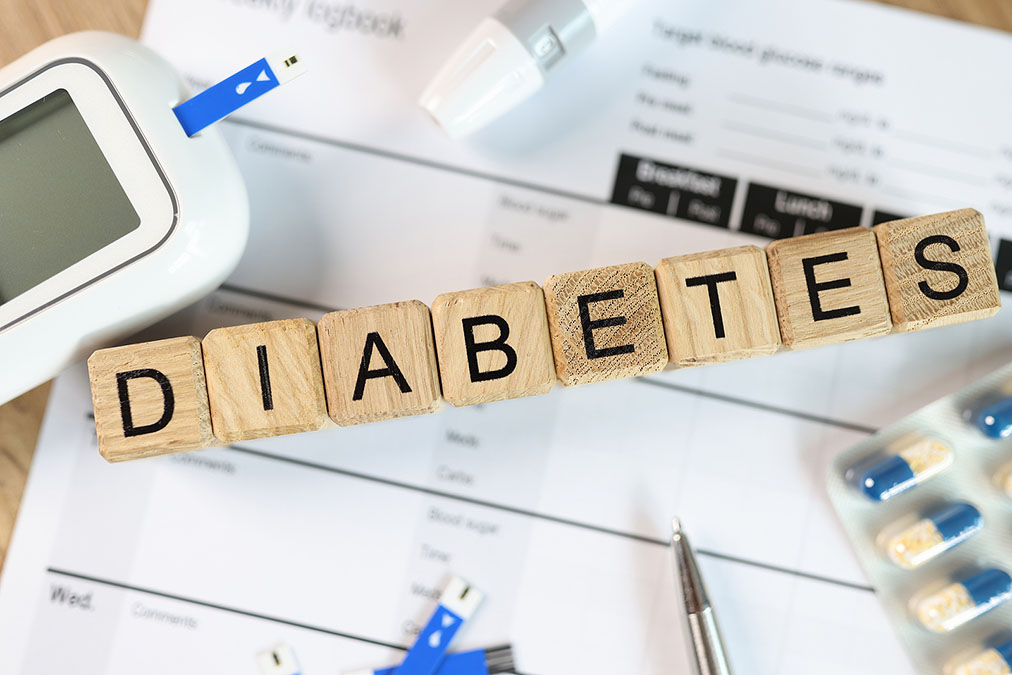 If you have been diagnosed with type 2 diabetes and you’re experiencing nerve pain, you’re far from alone.
If you have been diagnosed with type 2 diabetes and you’re experiencing nerve pain, you’re far from alone.
Half of all people diagnosed with type 2 diabetes also struggle with a related condition known as painful diabetic peripheral neuropathy (pDPN).
But despite all the diagnoses and statistics, doctors and scientists know very little about how patients actually feel. How does neuropathy affect you and your daily life?
To change this, a survey has just been published in the Journal of Pain Research to gather information about pDPN patients’ knowledge and experiences, and the findings are quite revealing.
The online survey, completed in March 2021, reached out to 506 adult respondents who had been living with diabetes and pDPN for six months or more.
They had also been prescribed pain medication for a similar duration.
The majority of respondents (79%) had type 2 diabetes, 60% were male, and 82% identified as white.
Through a series of questionnaires, the scientists asked them about pain, treatment changes, supplementary treatments, challenges in seeking prescribed medication, activities patients can no longer perform or wish they could, and their trusted sources of information.
This is what they found:
-
1. A significant 87% reported having additional health conditions, including high blood pressure (50%), obesity (38%), and sleep apnea (22%).
2. 49% of participants reported suffering from severe pDPN with high pain intensity, especially in the feet, legs, and hands.
3. An alarming 66% reported disability due to nerve pain, illuminating the debilitating impact of the disease.
4. The most reported types of pain were a feeling of “touching pins or needles” (58%), tingling (56%), and numbness (50%).
5. 70% had experimented with multiple medications in their quest for relief, particularly anticonvulsants, over-the-counter pills, and supplements, but most were unhappy with the results.
6. 61% had to consult with two or more doctors before receiving a correct diagnosis, suggesting the need for increased medical awareness about the condition.
7. Emotionally, participants reported feeling frustrated (46%), worried (33%), and anxious (26%).
8. Pain led to lifestyle changes, such as needing more rest (54%), reducing physical activity (50%), and taking more pain medication (43%).
When considering their future, patients overwhelmingly yearned for better treatments and freedom from pain. They were generally well-informed and trusting of their doctors, yet remained dissatisfied with their current treatment, grappling to find lasting relief from their pain.
Fortunately, it’s quite easy to eliminate neuropathic pain using the simple natural remedies found here…
And even more importantly, you can completely reverse your type 2 diabetes using the 3 steps explained here…

 Overcoming IBD
Overcoming IBD Multiple Sclerosis
Multiple Sclerosis Banishing Bronchitis
Banishing Bronchitis Gum Disease Gone
Gum Disease Gone Overcoming Onychomycosis
Overcoming Onychomycosis Neuropathy No More
Neuropathy No More The Prostate Protocol
The Prostate Protocol Brain Booster
Brain Booster
 Ironbound
Ironbound
 Solution for Shingles
Solution for Shingles
 The Bone Density Solution
The Bone Density Solution
 The Ultimate Healing Protocol
The Ultimate Healing Protocol
 The Parkinson's Protocol
The Parkinson's Protocol
 The Chronic Kidney Disease Solution
The Chronic Kidney Disease Solution
 Overthrowing Anxiety
Overthrowing Anxiety The Fatty Liver Solution
The Fatty Liver Solution The Hypothyroidism Solution
The Hypothyroidism Solution
 The End of Gout
The End of Gout The Blood Pressure Program
The Blood Pressure Program
 The Oxigized Cholesterol Strategy
The Oxigized Cholesterol Strategy
 Stop Snoring And Sleep Apnea Program
Stop Snoring And Sleep Apnea Program
 The Arthritis Strategy
The Arthritis Strategy The Vertigo & Dizziness Program
The Vertigo & Dizziness Program The 3-Step Diabetes Strategy
The 3-Step Diabetes Strategy Hemorrhoids Healing Protocol
Hemorrhoids Healing Protocol The Erectile Dysfunction Master
The Erectile Dysfunction Master Weight Loss Breeze
Weight Loss Breeze The IBS Program
The IBS Program The Insomnia Program
The Insomnia Program The Migraine and Headache Program
The Migraine and Headache Program The Neck Pain Solution
The Neck Pain Solution The Menopause Solution
The Menopause Solution The Ejaculation Master
The Ejaculation Master The TMJ Solution
The TMJ Solution The Acid Reflux Solution
The Acid Reflux Solution The Fibromyalgia Solution
The Fibromyalgia Solution The Psoriasis Strategy
The Psoriasis Strategy